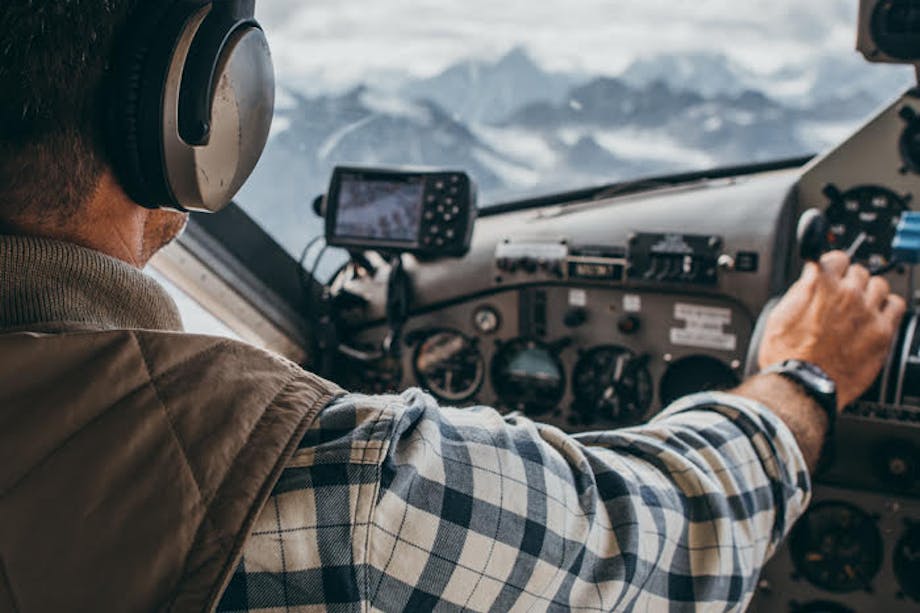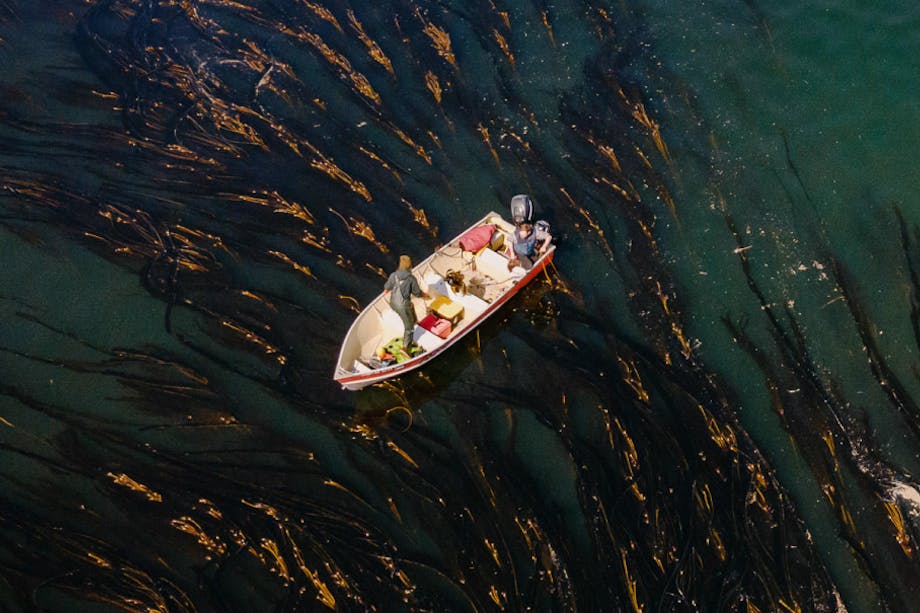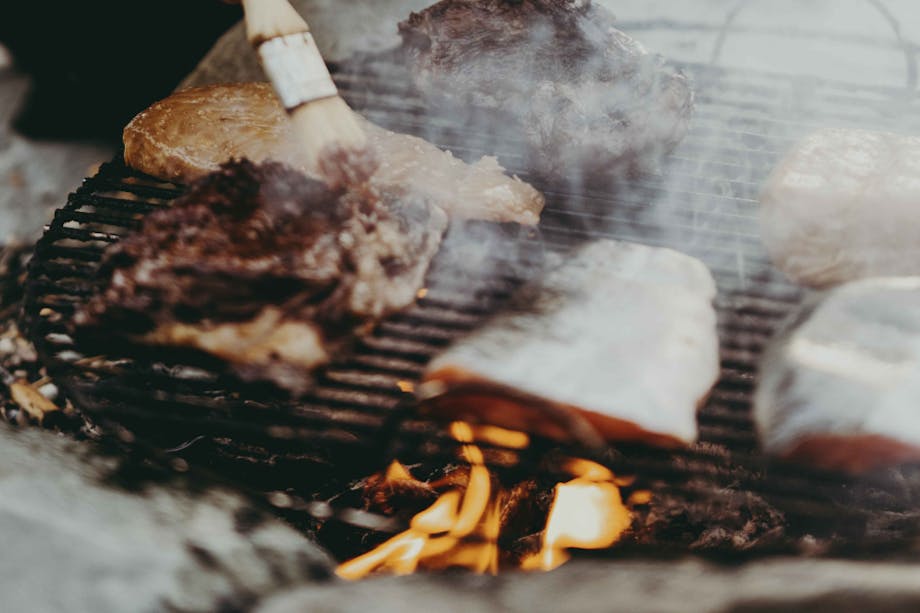Growing up in Southeast Alaska, I’d listen to the stories of the Tlingit bogeyman, the Kóoshdaa Káa. Also called the land otter man or slim man, my understanding was that it was a furry monster that could shapeshift into the form of a loved one or do things like mimic the crying of a baby to lure you into the woods or out to sea. Once it captured you, it would terrorize you and turn you into a Kóoshdaa Káa as well. The Tlingit used to believe that anyone who was lost at sea or in the woods turned into a Kóoshdaa Káa. The respected American ethnologist Frederica de Laguna, who spent years in the Tlingit village of Yakutat during the early 1950s, wrote that many people she interviewed were more scared of the Kóoshdaa Káa than brown bears.

When I was an adult, revered Tlingit elder David Katzeek explained that the Kóoshdaa Káa was much more complicated than that. It didn’t just haunt the sodden rain forest and stormy ocean of Southeast Alaska, nor was it some hairy Bigfoot-like monster. It was a spirit, Katzeek said. He pointed out that addicts, abusers, and those lost in the despair and terror of mental illness were often those taken by the Kóoshdaa Káa.
“Every one of us in a way has a Kóoshdaa Káa inside of us. It can actually take possession of your soul. It can turn you into something you were never meant to be.”
Katzeek “walked into the woods” on October 28, 2020, leaving behind a legacy of wisdom, guidance, and hope that will benefit future generations of Tlingits and other Southeast Alaskans. I think back to the most important lesson that Katzeek wanted me to understand about the Kóoshdaa Káa: there’s a way back no matter how lost you are in an actual or metaphorical wilderness.
Bjorn Dihle is a lifelong Southeast Alaskan. His most recent book is A Shape in the Dark: Living and Dying with Brown Bears




